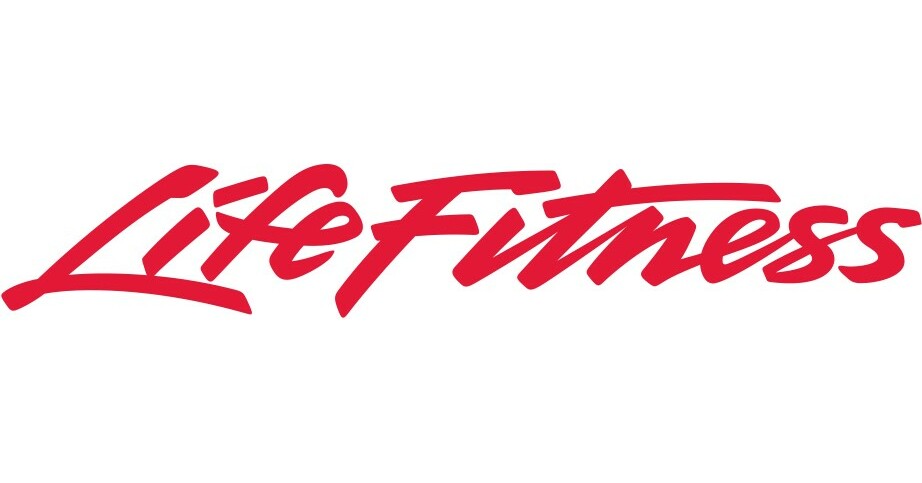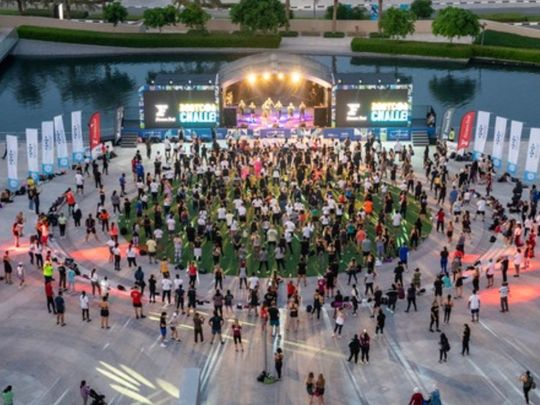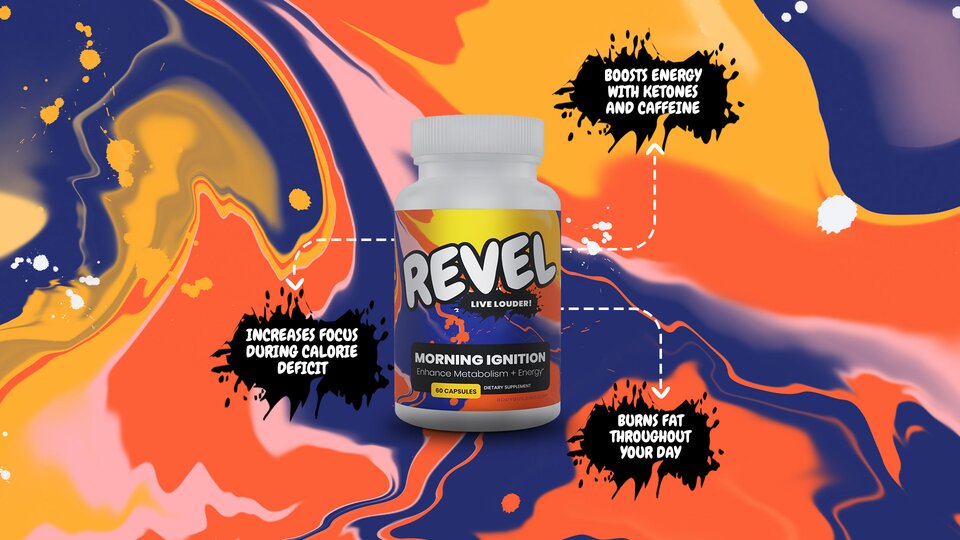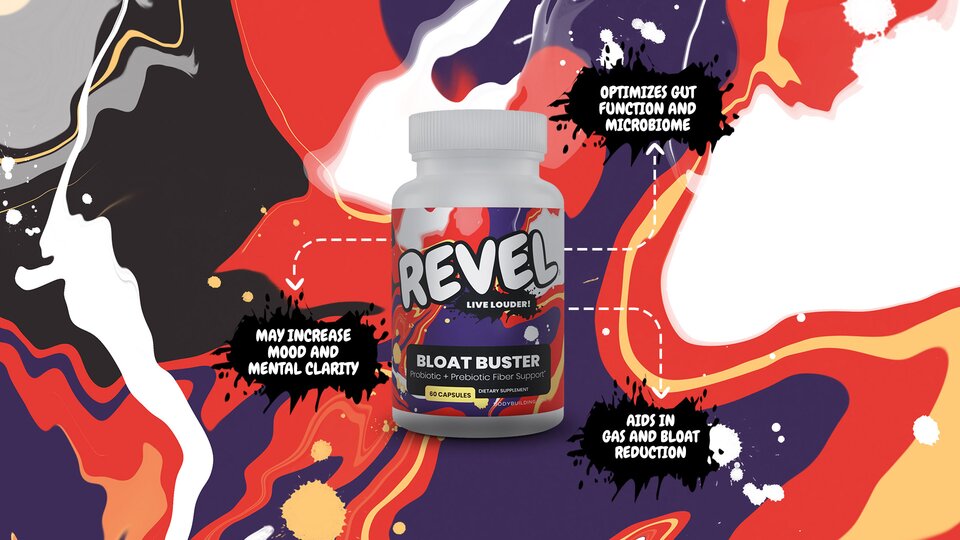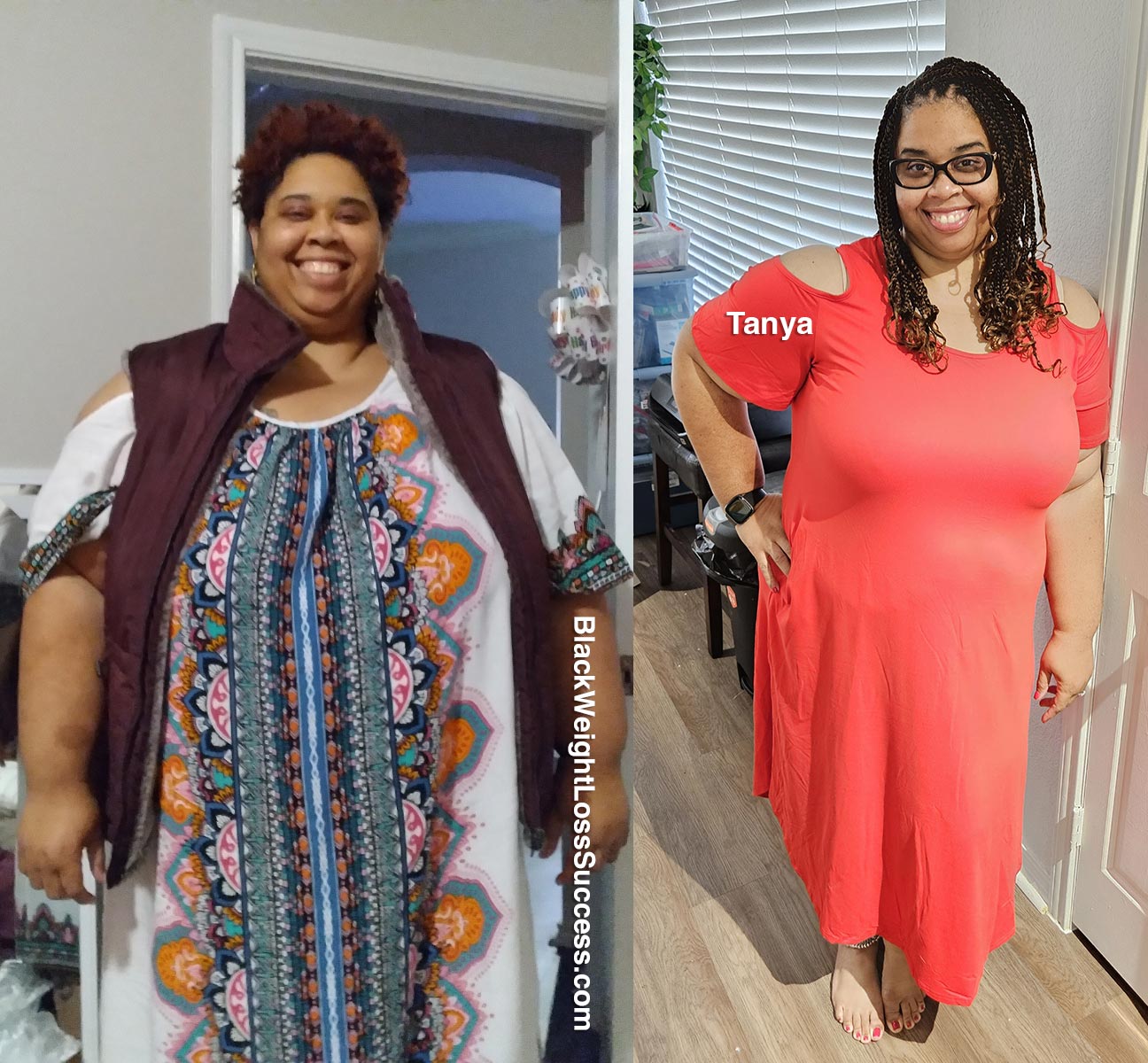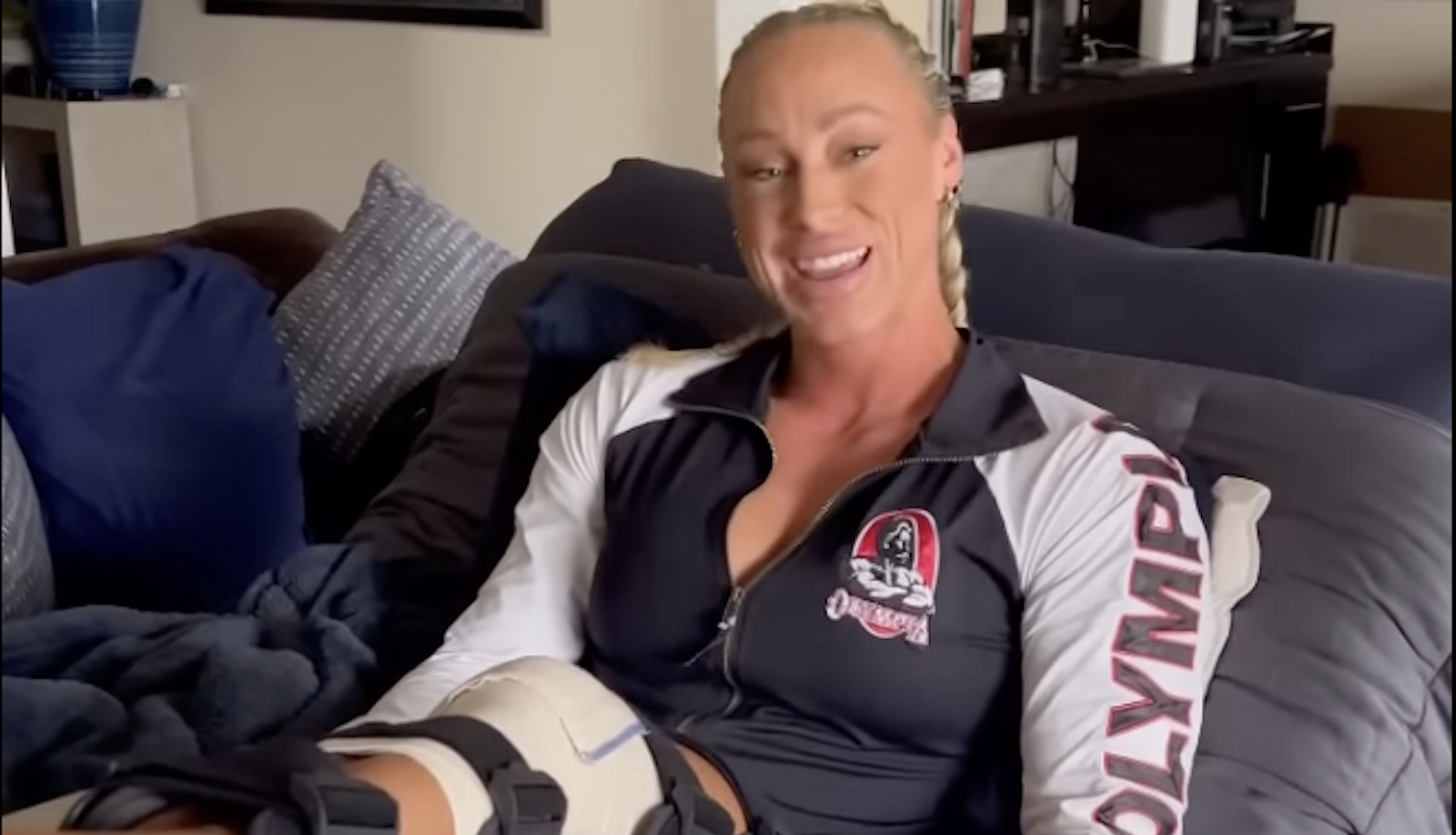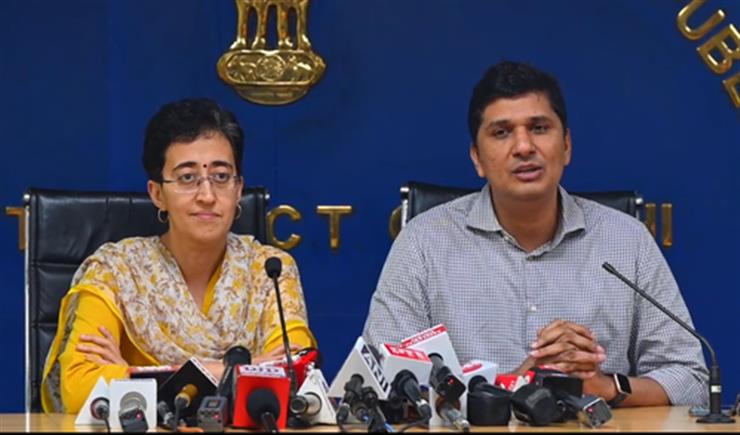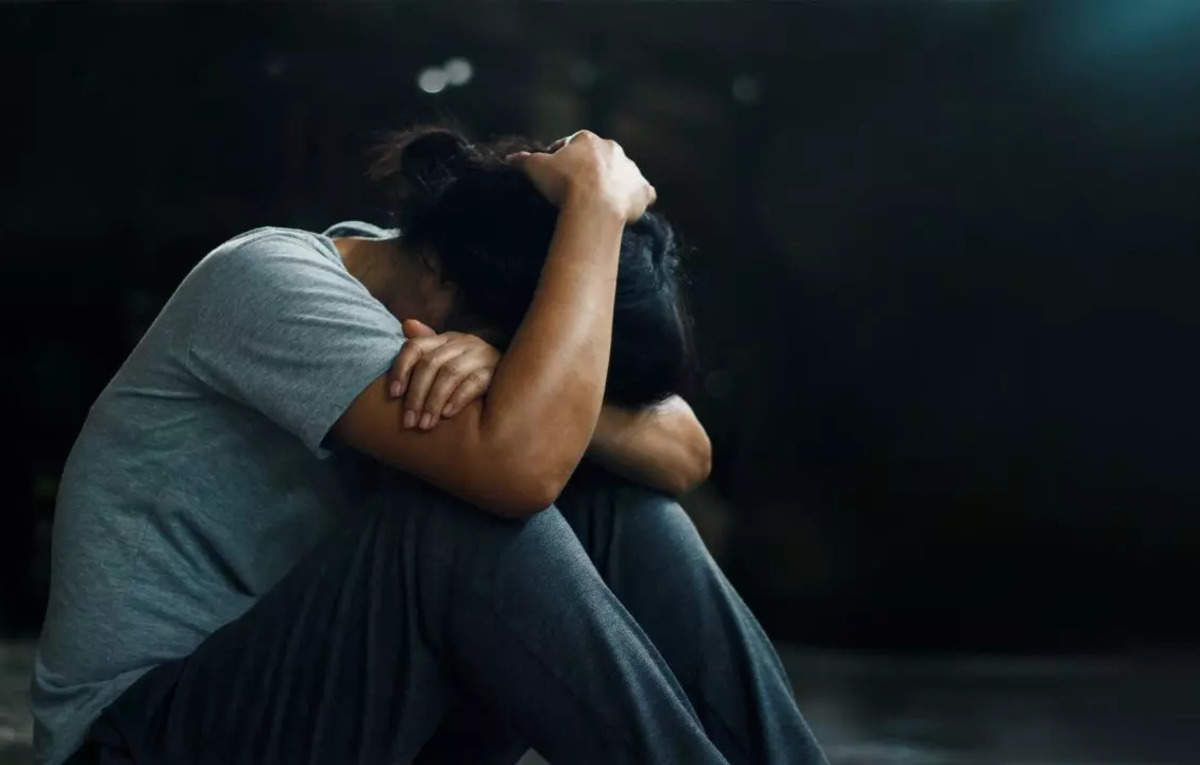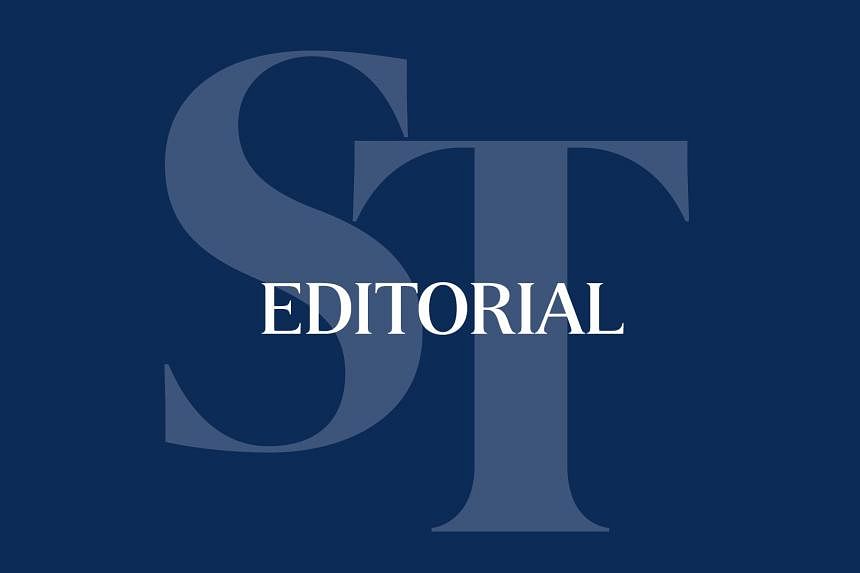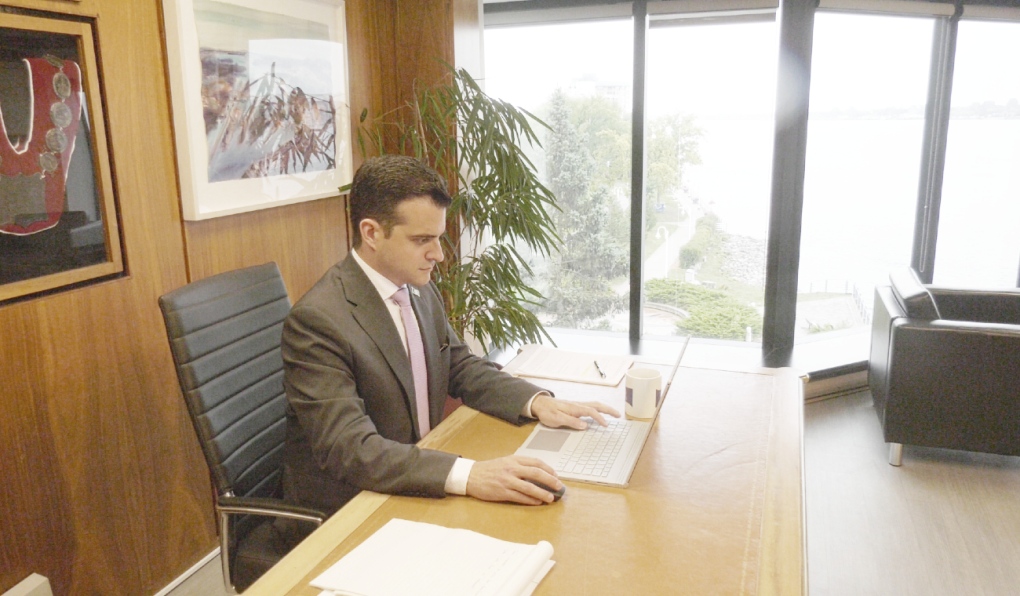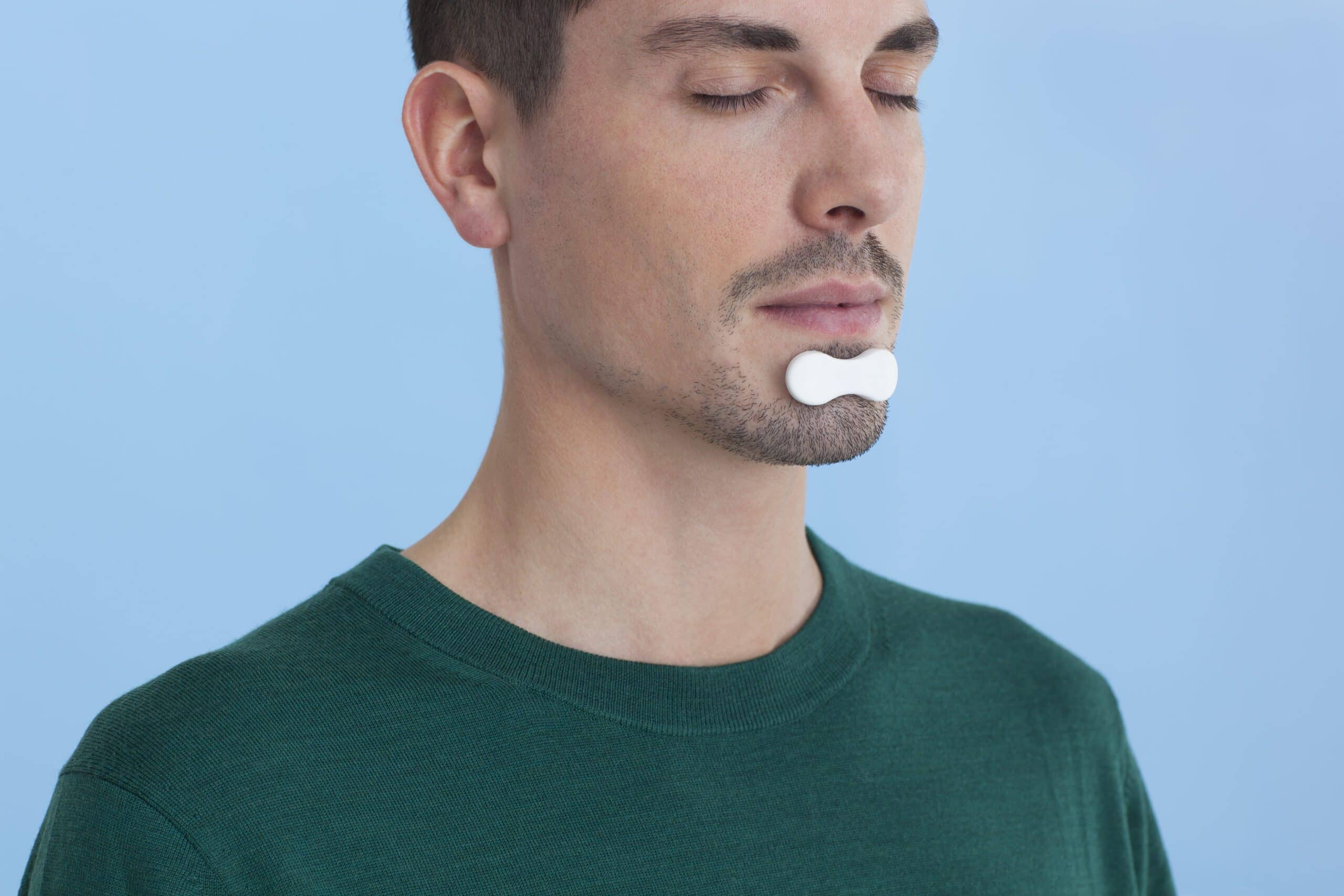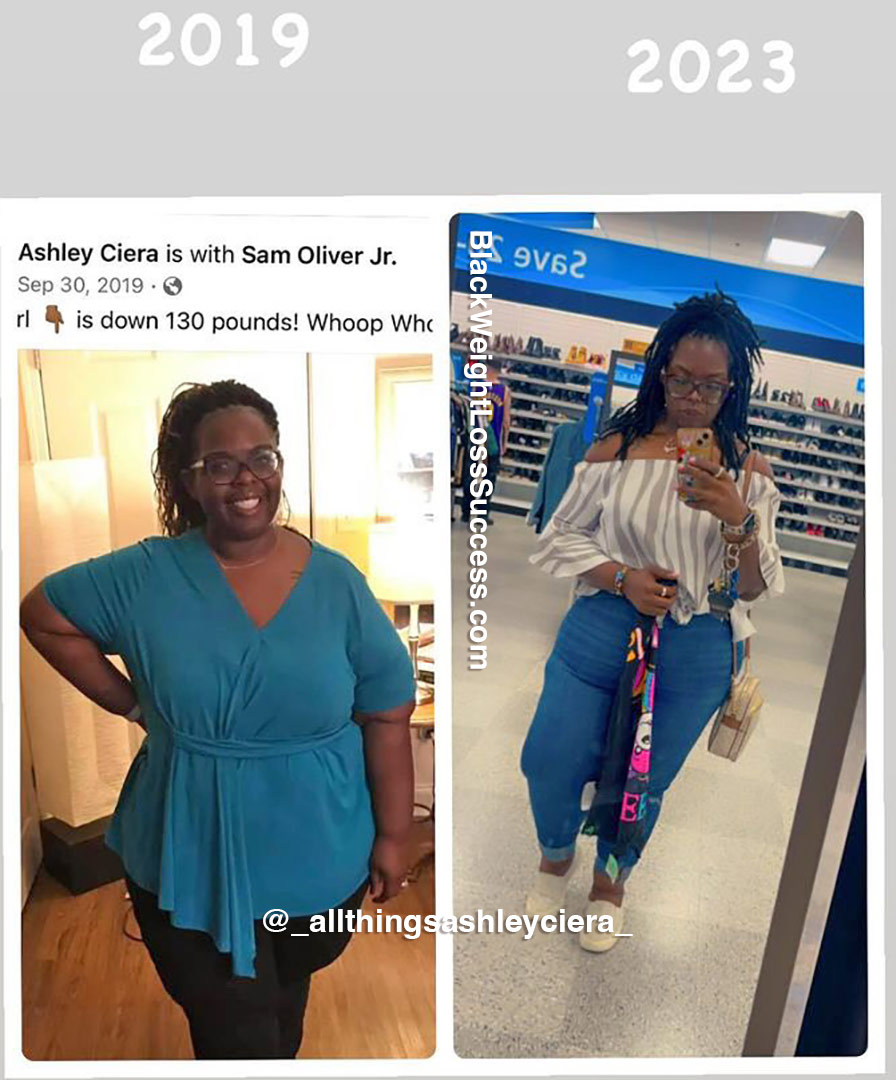Sleep tech manual scoring can now be boosted by automated on-the-fly sleep scoring, which has pros and cons in its ability to ease the diagnosis of central disorders of hypersomnolence.
By Risa Kerslake, BSN-RN
Most sleep techs are masters at scoring on the fly. Even amid ill-timed technical problems and tending to patients’ needs, techs are trained to manually score sleep study reports so the data is ready for physician interpretation shortly after study completion.
Manual on-the-fly scoring can now get a virtual assist from recent innovations in autoscoring sleep software, several brands of which have recently added real-time scoring capabilities. Autoscoring solutions with real-time capability include EnsoData’s EnsoSleep, Neurobit’s Neurobit Score, and HoneyNaps’ SOMNUM.
One potential use of automated real-time sleep staging is to speed protocols for the diagnosis of central disorders of hypersomnolence. For example, real-time autoscoring can flag the appearance of sleep-onset REM periods.
“This is an area where having automated staging, or human staging, can have you diagnose narcolepsy and other hypersomnias right away,” says Fred Turkington, head of product management at EnsoData, where the EnsoSleep Realtime Scoring provides sleep staging results seven to 10 minutes behind the live recording.
There is also the added help in recognizing narcolepsy in overnight polysomnography data. “Using EnsoSleep or other AI scoring alongside at night gives an opportunity to make plans for the morning while the patient is still sleeping,” Turkington says.
Can Real-Time Sleep Scoring Ease the MSLT?
The multiple sleep latency test, also known as the daytime nap test, is critical in differentiating hypersomnia disorders, but a variety of factors can result in false positives or negatives. Could real-time automated sleep staging help with the MSLT?
The sleep staging assistance of autoscoring software likely won’t alleviate the burden on sleep techs in this case, clinicians say. “The data on the MSLT is so precious that leaving any room for error makes us clinicians even more nervous than we already are about all the variables that can invalidate the data,” says neurologist-sleep specialist Suzanne Stevens, MD, MS, who practices at the Sleep Disorders Institute in Kansas.
“The MSLT still needs to be attended by a sleep tech who can troubleshoot issues with the equipment and knows the protocol and when to reach out to the physician for guidance.”
Lisa Genzel, MD, an associate professor at the Donders Centre for Neuroscience in The Netherlands, helped author a 2023 paper on the pros and cons of automated sleep scoring.
In the paper, Genzel and her team discuss autoscoring advantages such as time and labor saving, comparability of results, and identification of substates, along with disadvantages such as handling of atypical data and less flexibility. “AI solutions would be a benefit, but so far, they fall short,” she says.
“I don’t think that real-time scoring is going to be a big game changer for us,” says Daniel Norman, MD, medical director at Santa Monica Sleep Disorders Center. “Any person who is doing an MSLT should be scoring it on the fly. They might go back and review it briefly to make sure they weren’t off by one epoch here or there. But the technician who’s running the MSLT really should be good at scoring.”
Further reading: AASM to Certify Autoscoring Software for Sleep Stage Accuracy
Real-Time Scoring Assisting with Multi-Day Studies
Helping with the sleep reports needed to diagnose idiopathic hypersomnia to qualify for pharmacotherapy is a more promising future use for real-time sleep scoring software, clinicians say.
Technology could make the diagnosing of central disorders of hypersomnolence more accurate and streamlined than the limited snapshot of PSG followed by MSLT, according to Norman. He thinks the future will lead clinicians to multi-day assessments done in the patient’s home. This is where real-time sleep staging could flag patients if/when they meet hypersomnia criteria, a labor-intensive and costly task when done manually.
“If new diagnostic tools and criteria come that can look at multi-day sleep data, it’s going to be a process. We’re going to have a better ability to create a more accurate diagnosis,” he says.
Top photo: A PSG scored by EnsoData’s EnsoSleep, which recently launched EnsoSleep Realtime Scoring.








